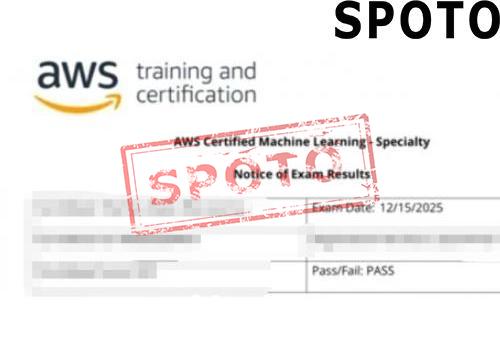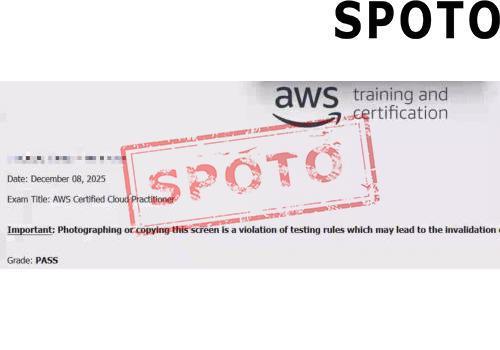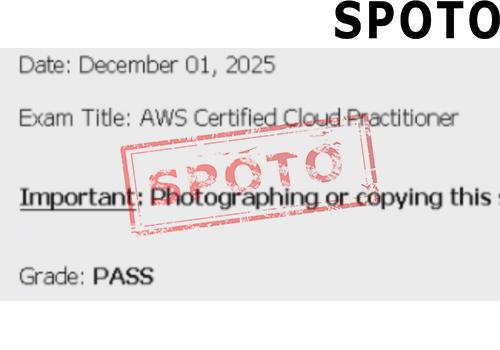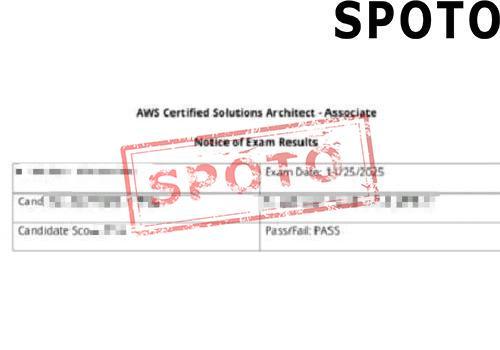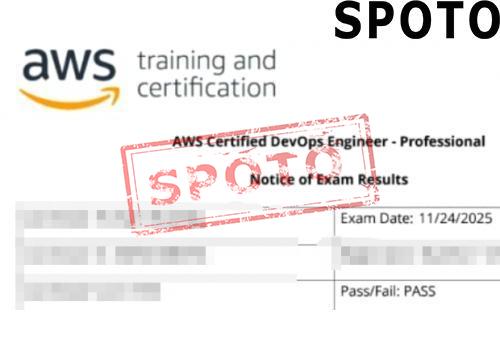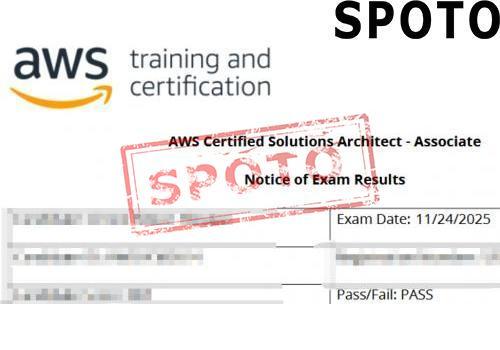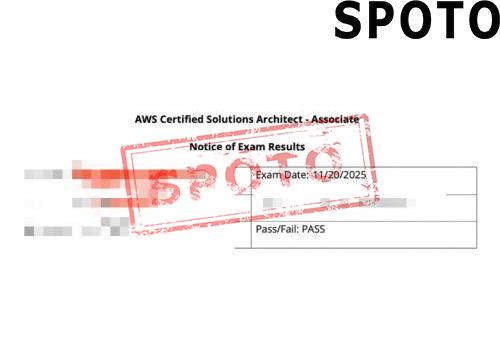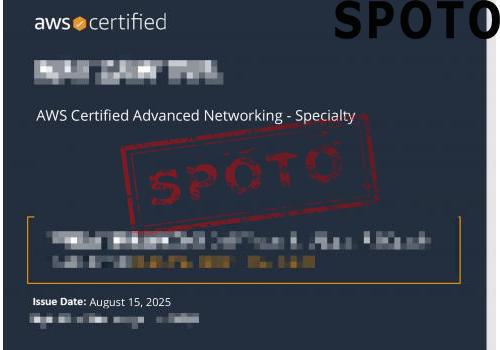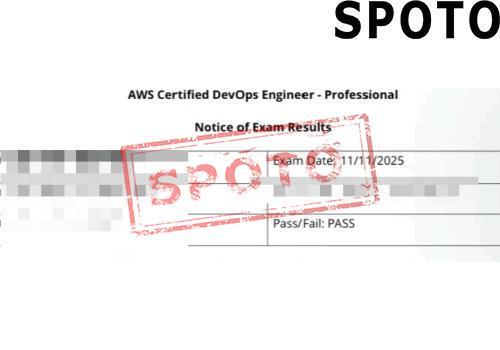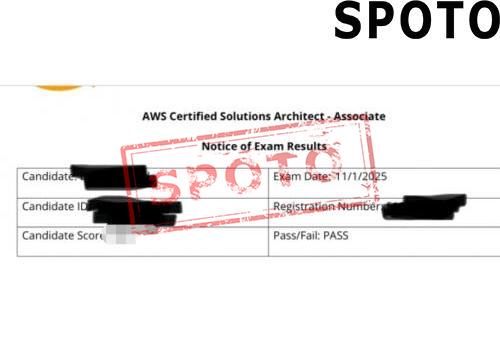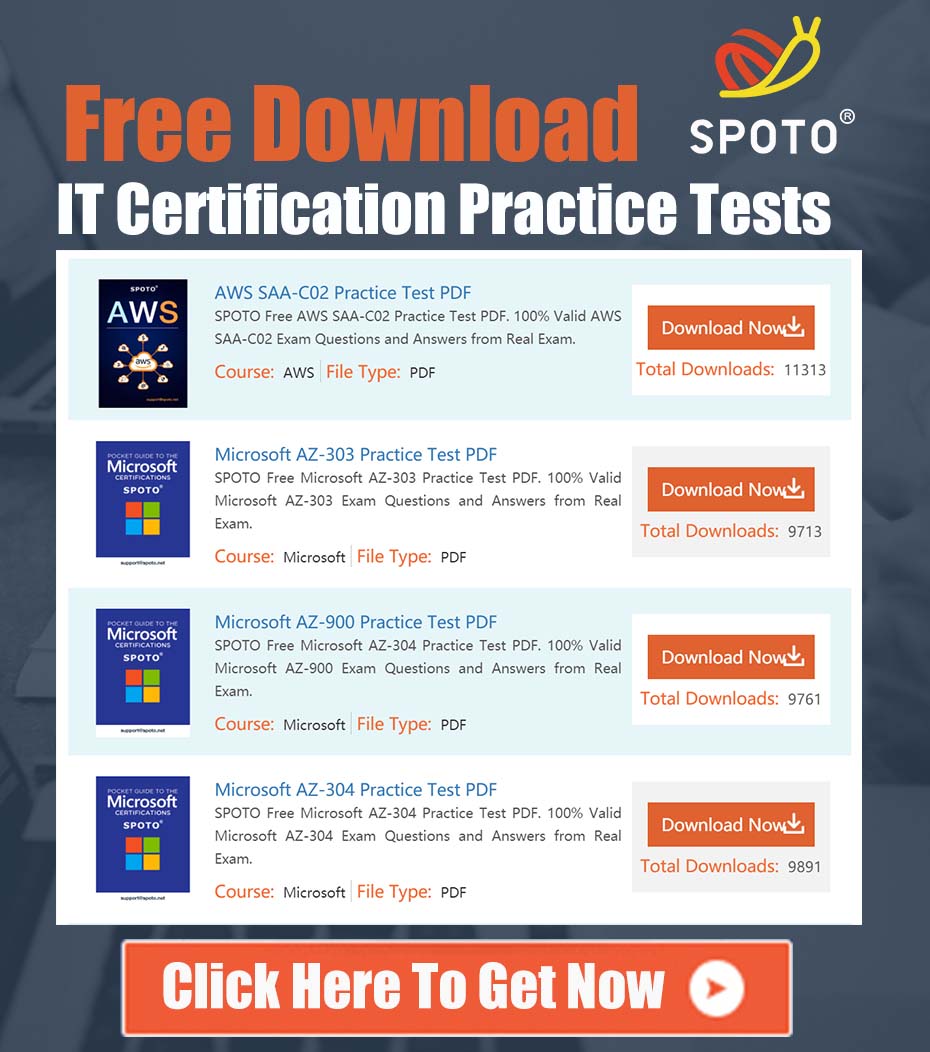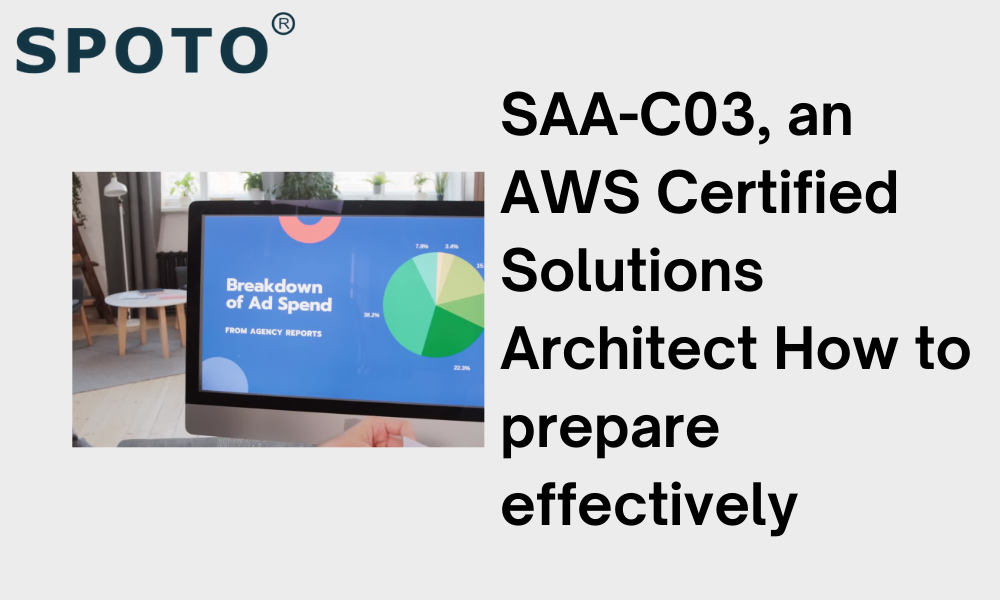
SAA-C03, an AWS Certified Solutions Architect How to prepare effectively
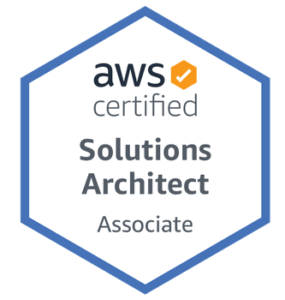
The SAA-C03 exam superseded the SAA-C02 test at the end of August 2022. I outline the best way to get ready for the upcoming AWS exam in this essay.
Recognize the exam's syllabus
Learn about the subjects covered by the SAA-C03 exam.
- Utilize the numerous FREE resources offered to increase and broaden your knowledge.
- Enroll in our in-depth video course for hands-on AWS training.
- Use practice tests to prepare for the exam thoroughly and determine your exam preparation.
- So that you know what to expect, I'll review the exam blueprint and break down the several "domains" of the exam guide. I'll also inform you about the AWS services you should research and the kinds of exam questions you should expect. To provide you with the most excellent tools possible to ensure you pass your exam the first time, I'll conclude by introducing the certification training courses from Digital Cloud Training for the AWS Certified Solutions Architect Associate.
Be familiar with the SAA-C03 AWS Exam Blueprint.
It is advised that candidates have at least a year of practical experience before taking this exam, which is at the Associate level in the AWS training program. You must show that you have the skills necessary to define a solution using architectural design principles based on customer requirements and to give the organization implementation guidance based on best practices throughout the project's lifecycle to pass the exam, which is targeted at solutions architects.
- One year of practical experience creating fault-tolerant, scalable, cost-effective distributed systems using AWS.
- Practically know AWS services for computing, networking, storage, and databases.
- Practical knowledge of the deployment and administration tools offered by AWS.
- Ability to recognize and provide the technical requirements for an application running on AWS.
- Being able to determine which AWS services satisfy specific technical criteria.
- Understanding the suggested best practices for developing dependable and safe applications on the AWS platform
- and knowledge of the fundamental architectural concepts involved in working on the AWS Cloud.
- Knowledge of the worldwide Infrastructure of AWS.
- Awareness of network technologies and how they apply to AWS.
- An understanding of AWS's security tools and capabilities and how they compare to conventional services.
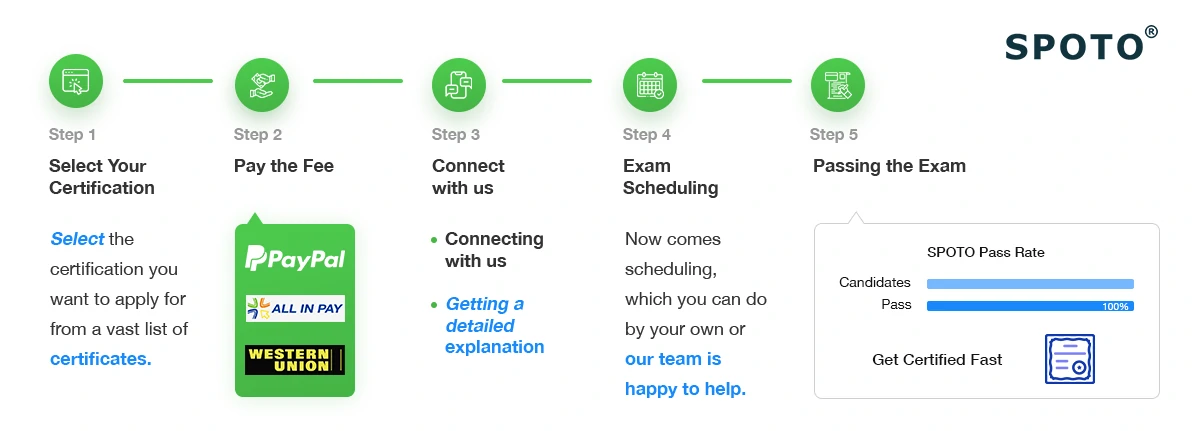
There are 65 questions in the test and a 130-minute time limit.
You must receive at least 720 out of 1000 possible points to pass the test. One of the following describes the exam's question format:
- Multiple-choice (one right response from four possibilities) (one correct response from four options).
- Multiple-response (two or more accurate answers from five or more selections) (two or more correct responses from five or more options).
Most inquiries begin with one or two lines of a scenario before the question itself. Typically, they skip any filler and get right to the point. There are usually multiple correct answers for each question on the AWS Solutions Architect Associate test, so you must choose the one that most closely matches the scenario. You can be asked to select the alternative that is the most secure, economical, or operationally effective, for instance.
To ensure that you choose the correct response, carefully examine the question's language. Take your time when taking the exam because it's sometimes easy to overlook tiny factors that alter the outcome.
Examples, Objectives, and Domains
The required knowledge is divided into four tests "domains." Several objectives for each test domain collectively sum up the information and skills needed to pass the examination.
What you must understand
Your exam performance depends on your knowledge of how encryption functions utilizing agencies like the AWS Key Management Service (AWS KSM). You must be able to use AWS Identity, and Access Management to enable the necessary permissions and have a thorough understanding of the AWS Shared Responsibility Model and how the AWS Global Infrastructure can be used to support the expansion of large, secure, distributed applications. To create architecture with a solid security posture, it's also crucial to use native tools like Amazon VPC and all the security tooling.
To design resilient architecture, you will need to understand how to plan for failure by integrating decoupling technologies like Amazon SQS, allowing for both vertical and horizontal scaling, and maximizing the use of AWS Global Infrastructure.
Along with the factors above, data transformation services like AWS Glue and analytics services like Amazon QuickSight can help you create highly effective and scalable systems.
FURTHERMORE
You can obtain assistance from SPOTO if you want to strengthen your competitive advantage in the IT sector and effectively prepare for AWS. SPOTO offers practical online courses that will help you get prepared for certification. Kindly click it!
Recommended Reading:

